Pasco County Stilt Houses
These simple structures are living monuments to the fishermen who built this community over a century ago.
Off the west coast of Florida, the Gulf of Mexico is filled with schools of white mullet, silvery-gray dolphins, and tiny stingrays. Sea birds soar above the water looking for their next catch. And among the lively seascape near the city of New Port Richey, eight wooden structures stand tall above the waves. These unusual structures are stilt houses, remnants of the fishing communities of old Florida.
Pasco County’s first stilt houses were built between 1916 and 1918 (the exact dates are unknown). Before motorboats were an option, fishermen would use long poles to push their boats out to the parts of the gulf where fish and crab were plentiful. The elevated camps allowed them to watch for runs of fish, store their catch, and take shelter from storms without poling all the way back to shore.
According to a September 30, 1973 article in the St. Petersburg Times, a West Pasco resident known as “Uncle Willie” Baillie claimed to have built the first stilt house in the area. He and his brother, R.E. Baillie, cut down cypress trees for lumber and used a barge to float them out to a site near the mouth of the Pithlachascotee River, where they built their lodge.
The structures sit a four to six feet above the shallow water, supported by pilings pushed into the sandy bottom. The water around the houses is just a few feet deep at low tide, and at high tide the depth tops out around 10 feet.
Over the years, dozens of stilt houses sprang up in the New Port Richey waters. There were as many as 24 in October 1968, when Hurricane Gladys tore through Florida. With little to protect them from the devastating winds, many of the elevated fishing lodges were destroyed. Though some were able to repair and rebuild, the state ruled that no new stilt houses could be built on submerged state property. The houses had been built on state property, with the fishermen initially claiming “squatter’s rights” to build their camps. In 1989, stilt house owners came to an agreement with the state to lease the land beneath the existing structures.
Over time, several more houses have been lost to storms and accidents. Today, just nine of these unique structures remain. Many of them are prized family possessions that have been handed down through generations.
In August 2018, stilt house No. 6 was struck by lightning. Within an hour it was completely gone. Brian Lake, whose family owns the house, was devastated. As he told local news station WTSP, “it took a lot of sweat and tears to build these things and to see it go down hurt a lot.” The Lake family set to rebuilding immediately. With help from friends and community members, the stilt house was standing once again before the year’s end, complete with its signature American flag mural.
Know Before You Go
The stilt houses are all private property. The best way to view them is from the water.
Kayaks and other vessels are available for rent at Gill Dawg Marina, which also offers weekend sunset cruises that pass by the stilt houses.
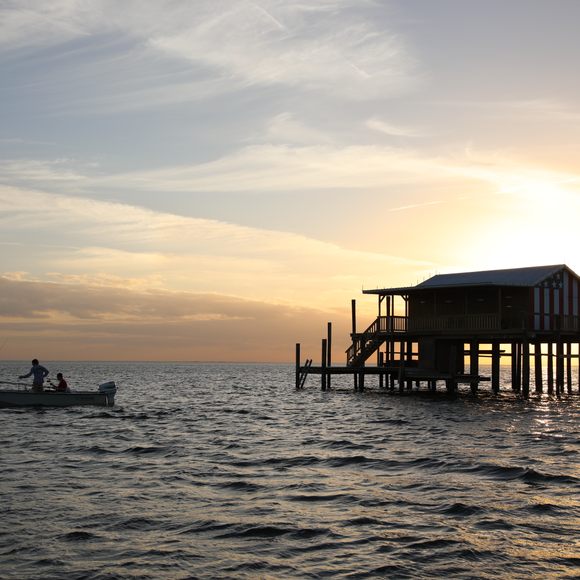

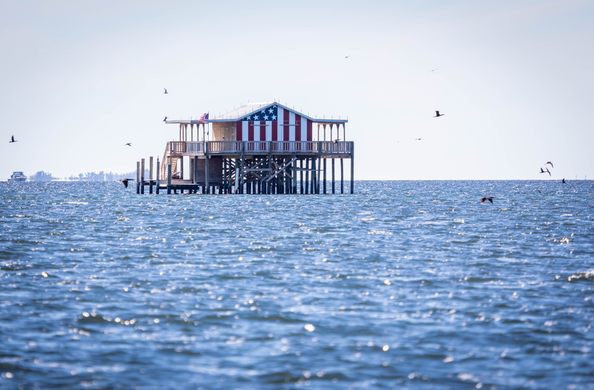


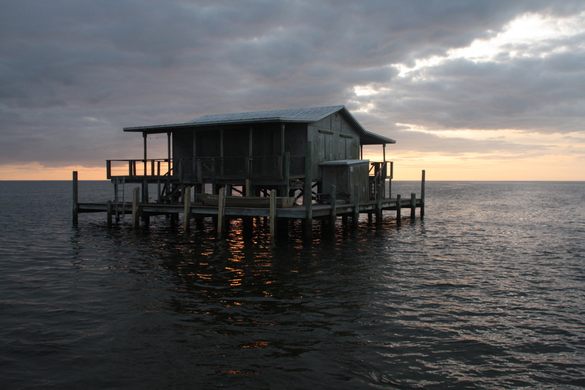
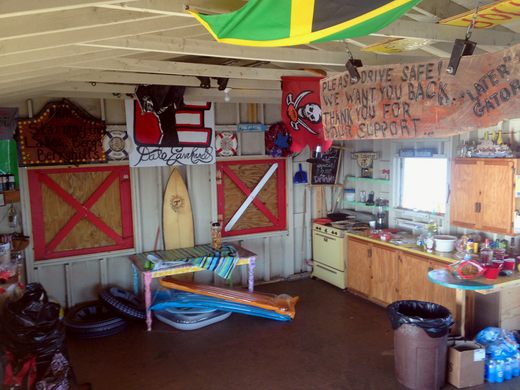
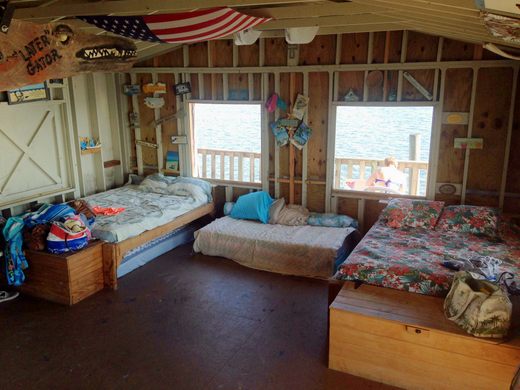

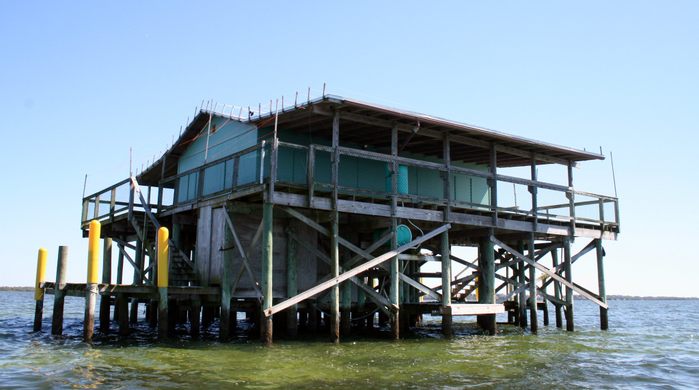
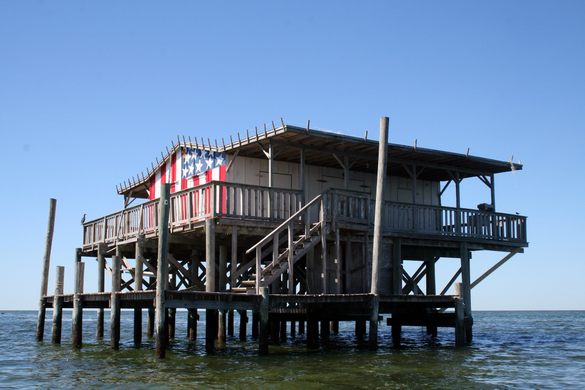







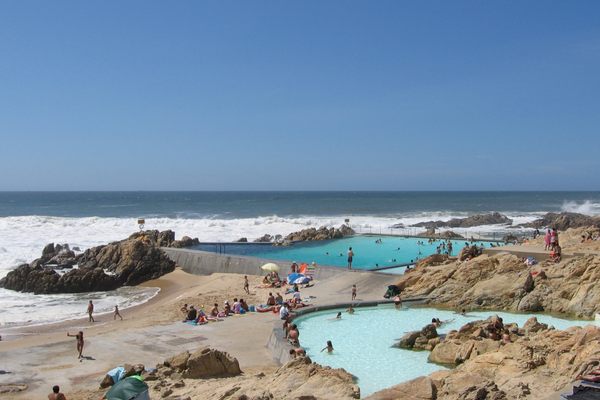
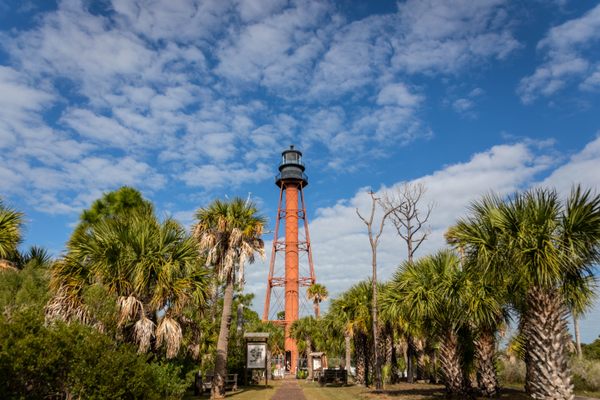
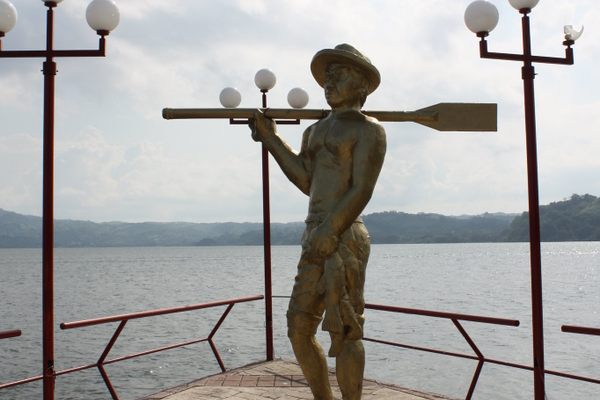
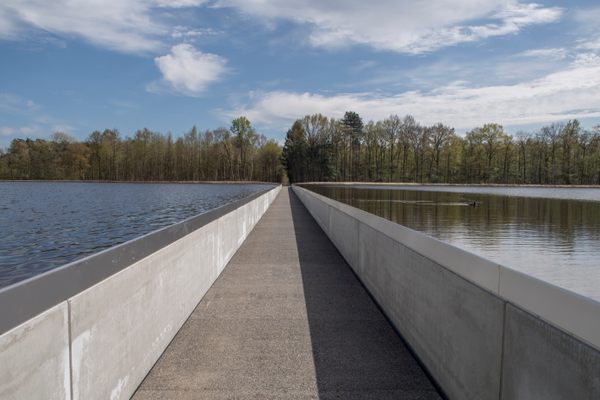

Follow us on Twitter to get the latest on the world's hidden wonders.
Like us on Facebook to get the latest on the world's hidden wonders.
Follow us on Twitter Like us on Facebook